Miragaia began to be populated in 1243 and was a small fishing village by the river. Miragaia beach, located above the old river beach, was frequented by local fishermen.
Miragaia was a fishing area par excellence, as it allowed boats to anchor in a safe and sheltered way, given its geographical location next to the River Douro, and also bathed by the River Frio, which supplied the town with fresh water.
The conditions of the land, with its long stretches of sand, also made it possible to locate shipyards where countless vessels were built, including the fleet that Infante D. Henrique the Navigator ordered to be built in Porto for the conquest of Ceuta in 1415.
Miragaia was already linked to the city, including the wall that King Afonso IV built, which he developed on his way west, and which was only completed during the reign of King Fernando.
Within this wall, King Manuel I built the Porta Nobre (Noble Gate) to enlarge the old Praia de Miragaia wicket. It extended from this gate to Monchique and was known as the “Praia do Mosqueiro” (Mosqueiro Beach). Largo da Praia” is the square that forms Rua de Miragaia, opposite the Customs House.
The Jewish neighbourhood in Miragaia occupied a large space between the beach, the escarpment of Bandeirinha and the Monchique area. They had their own synagogue and private cemetery.
Downtown Miragaia, with its famous arcades, which were the front of the houses overlooking the beach, was gradually invaded by the population of brokers and freight forwarders, and their offices took over the upper floors.
As the river stopped carrying traffic and container loads, there was a counter-cycle: the freight forwarders and offices left, and the people came back.
The Customs House was built on stilts and with direct contact between the river’s waters and the land, through open culverts for the opposite movement.
In the days when the river was large and there were no dams on the Douro, as soon as the waters began to threaten the Ribeira area, Miragaia would see them threatening their houses.
In 1966, the water was so great that it sometimes entered the houses again and the boats once more travelled up Rua de Miragaia.
The struggle of the people of Miragaia reflects their desire and will, which stands up fighting and honoured as descendants of the sailors who lived here.
This typical and charming neighbourhood offers beautiful views of the River Douro from the highest areas.
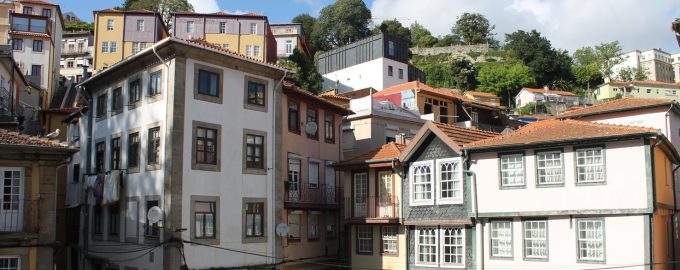
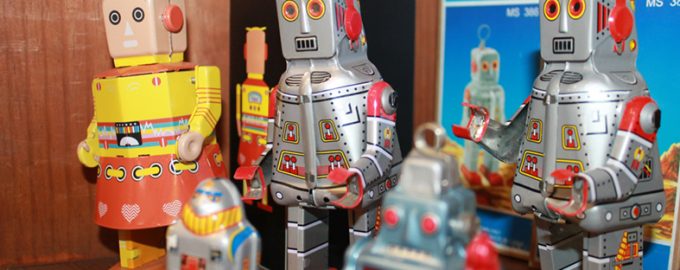
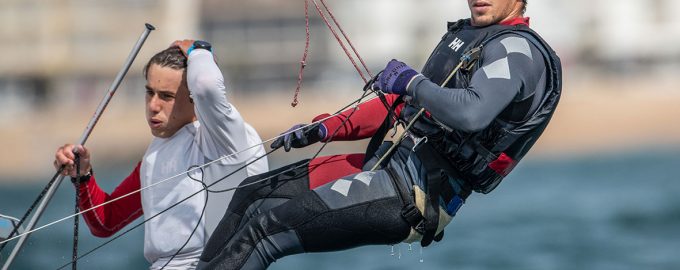
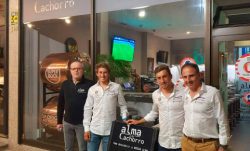 Sugestões de Diogo Costa
Sugestões de Diogo Costa
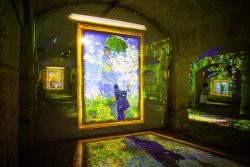 Immersivus Gallery is the first gallery for immersive arts experiences in Portugal and aims to be a national artistic reference in the field.
Immersivus Gallery is the first gallery for immersive arts experiences in Portugal and aims to be a national artistic reference in the field.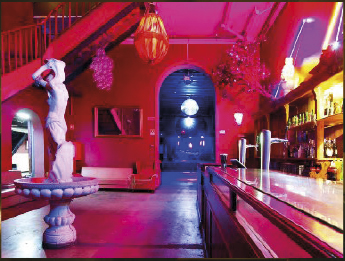
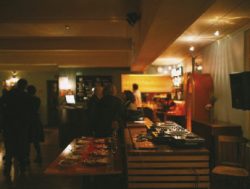 For new discoveries, Maus Hábitos, a reference in the city since its opening in the year when Porto was the European capital of culture and with a programme that focuses on discovering new sounds.
For new discoveries, Maus Hábitos, a reference in the city since its opening in the year when Porto was the European capital of culture and with a programme that focuses on discovering new sounds.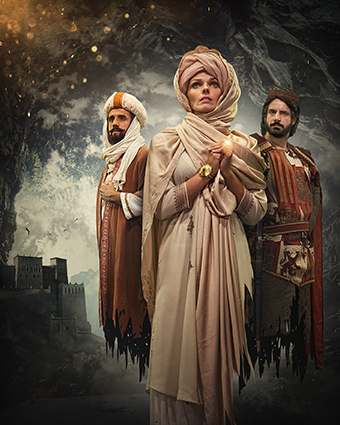
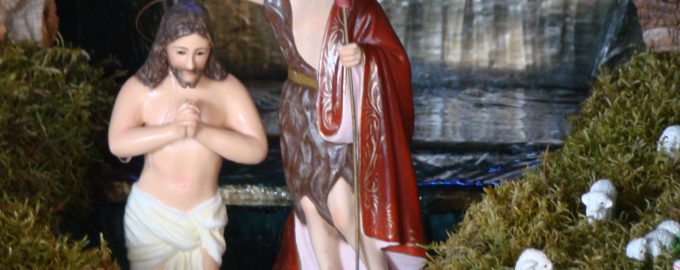
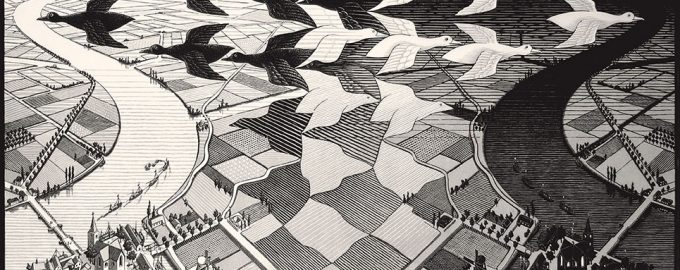
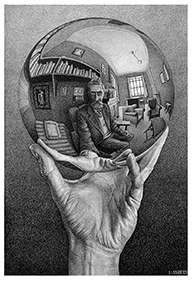 – How would you define Escher’s art?
– How would you define Escher’s art?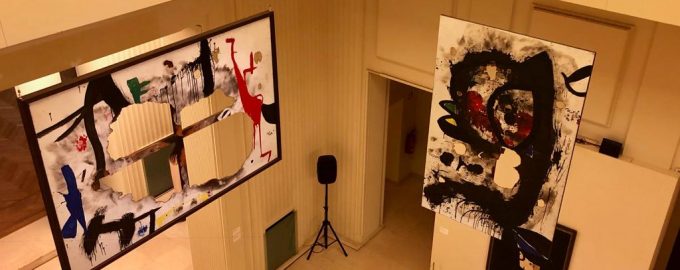
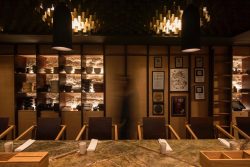 eggs. With herbs, shaves and reductions. Textures and flavors. Elements. Juices. Aromas. The shrimp and the mackerel, shrimp and pigeon seem out of a fable. And the rabanada that closes the meal is a metaphor that reminds us that what is perfect does not need anything. It is through small insignificances that Vasco travels in search of perfection. In a smoked chicken broth to season a squid. In a low temperature yolk to make a rolled ticket sublime. In a carabineiro juice that gives a divine touch to a prawn açorda. In the gum of a carolino rice berry. Or that bread that Rui kneaded. A must repeat to those who’ve been there. A discovery for those who love the elegance of good food and have not yet found the best destination for this purpose in the very noble and unconquered city of Porto
eggs. With herbs, shaves and reductions. Textures and flavors. Elements. Juices. Aromas. The shrimp and the mackerel, shrimp and pigeon seem out of a fable. And the rabanada that closes the meal is a metaphor that reminds us that what is perfect does not need anything. It is through small insignificances that Vasco travels in search of perfection. In a smoked chicken broth to season a squid. In a low temperature yolk to make a rolled ticket sublime. In a carabineiro juice that gives a divine touch to a prawn açorda. In the gum of a carolino rice berry. Or that bread that Rui kneaded. A must repeat to those who’ve been there. A discovery for those who love the elegance of good food and have not yet found the best destination for this purpose in the very noble and unconquered city of Porto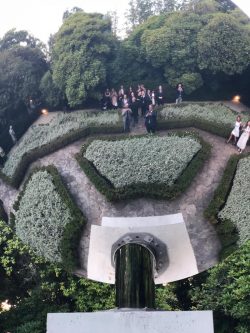 The green Porto. In the park. It could be in the City. Listening through plantains the whispers of Nick Cave pushing the sky. Or in Serralves. Go through the Clareira das Azinheiras with Richard Serra. Cross the Alameda with Claes Oldenburg. Contemplate the sky in the Roseiral with Anish Kapoor and the Sky Mirror. Feel the caress of light on the Lake and the Meadow. And end up in the Tea House as Lou Reed to drink sangria in the Park and sing “Oh It’s such a perfect day, I’m glad I spent it with you”.
The green Porto. In the park. It could be in the City. Listening through plantains the whispers of Nick Cave pushing the sky. Or in Serralves. Go through the Clareira das Azinheiras with Richard Serra. Cross the Alameda with Claes Oldenburg. Contemplate the sky in the Roseiral with Anish Kapoor and the Sky Mirror. Feel the caress of light on the Lake and the Meadow. And end up in the Tea House as Lou Reed to drink sangria in the Park and sing “Oh It’s such a perfect day, I’m glad I spent it with you”.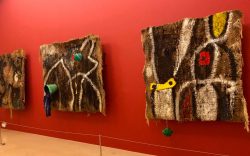 Miró is back home. In Serralves. Some works from the collection of the Portuguese State, you will find paintings from the Miró and Mapfre Foundations collection. An exhibition focused on the period leading up to Miró’s grand retrospective at the Grand Palais in Paris in 1973. Tension and anger at the death of painting. Creation and destruction. Trimmed frames. Burned. Murdered. Die to be reborn, to reinvent. New materials. Ready made art. Bags, buckets, boxes of wine. Some works that were not shown for nearly forty years. And the Sobreteixims we already know of “Materiality and Metamorphosis”. “Miró and the Death of Painting”. Another great exhibition in Serralves. We are waiting for you until 3 March.
Miró is back home. In Serralves. Some works from the collection of the Portuguese State, you will find paintings from the Miró and Mapfre Foundations collection. An exhibition focused on the period leading up to Miró’s grand retrospective at the Grand Palais in Paris in 1973. Tension and anger at the death of painting. Creation and destruction. Trimmed frames. Burned. Murdered. Die to be reborn, to reinvent. New materials. Ready made art. Bags, buckets, boxes of wine. Some works that were not shown for nearly forty years. And the Sobreteixims we already know of “Materiality and Metamorphosis”. “Miró and the Death of Painting”. Another great exhibition in Serralves. We are waiting for you until 3 March.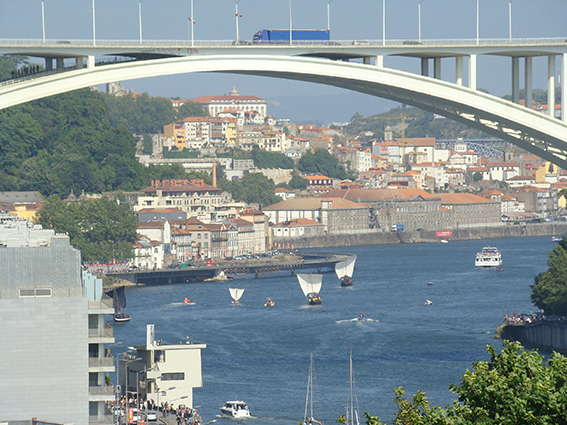
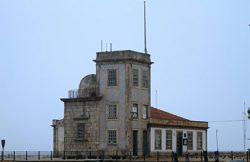 The Lighthouse-Chapel of São Miguel-O-Anjo was the first lighthouse built from scratch in Portugal and one of the first in the world. It was built in 1527 in the area of the Cantareira, by order of D.Miguel da Silva – King’s ambassador to the Pope, Bishop of Viseu and Abbot Commander of the Monastery of Santo Tirso.
The Lighthouse-Chapel of São Miguel-O-Anjo was the first lighthouse built from scratch in Portugal and one of the first in the world. It was built in 1527 in the area of the Cantareira, by order of D.Miguel da Silva – King’s ambassador to the Pope, Bishop of Viseu and Abbot Commander of the Monastery of Santo Tirso.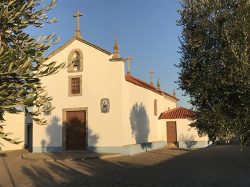 The viewpoint of Santa Catarina is, simultaneously, the width of the Chapel of Santa Catarina and Senhora dos Anjos, high in the parish of Lordelo do Ouro. The wide, welcoming area is surrounded by a stone wall that protects us from the cliff and invites us to approach.
The viewpoint of Santa Catarina is, simultaneously, the width of the Chapel of Santa Catarina and Senhora dos Anjos, high in the parish of Lordelo do Ouro. The wide, welcoming area is surrounded by a stone wall that protects us from the cliff and invites us to approach.
